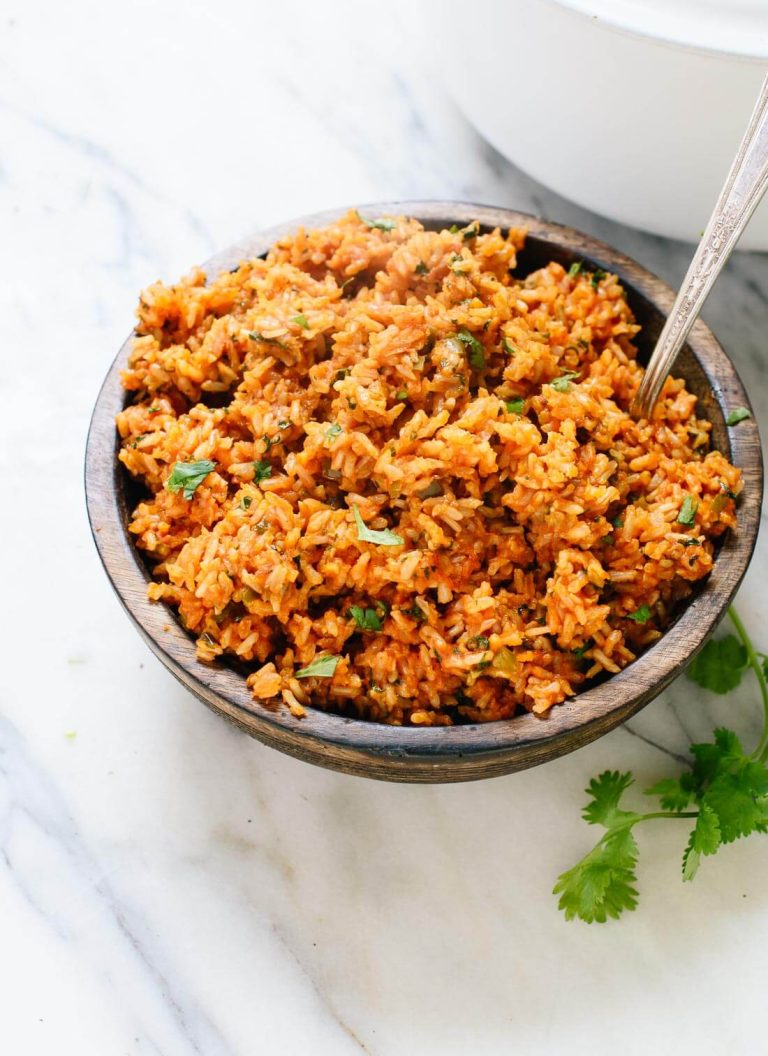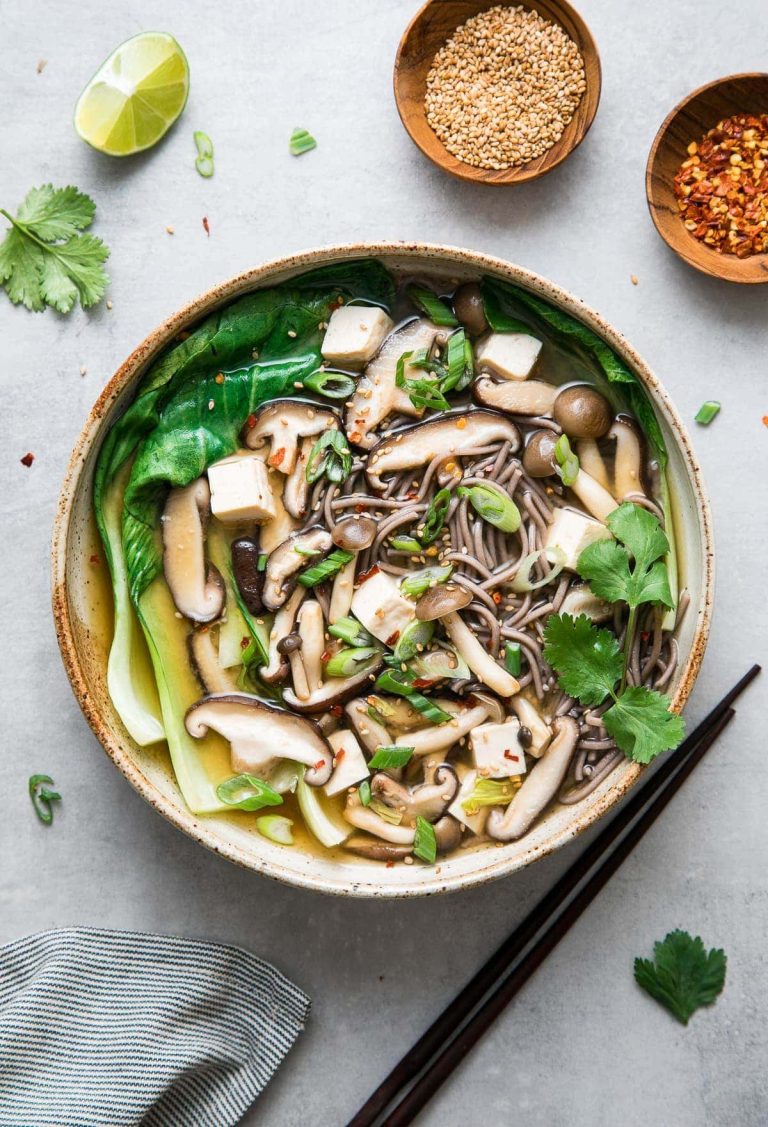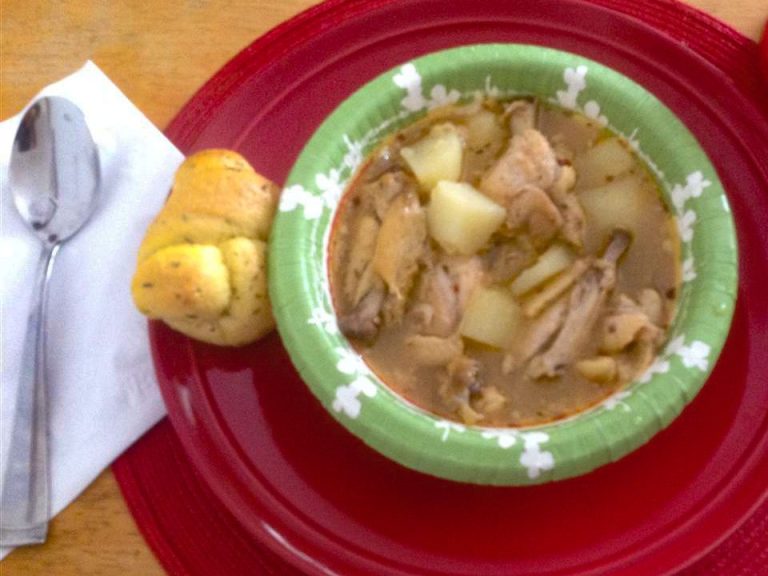Chicken Katsu: Origins, Recipe, and Health Benefits Explained
Chicken Katsu, part of Japanese cuisine, owes its origin to the broader category of “katsu”, meaning cutlet. Initially popularized in Japan, its appeal has spread worldwide. Introduced by Western influence in the late 19th century, it reflected a Japanese twist on European breaded cutlets. Today, it’s a staple in Japanese households and restaurants globally. Its versatility makes it a favorite, often found in bento boxes, rice bowls, and sandwiches.
Key Ingredients
Chicken Breast: Boneless and skinless, provides a lean protein base.
Panko Breadcrumbs: Essential for the dish’s signature crispy texture.
Flour: Helps the egg adhere to the chicken.
Eggs: Acts as a binder between the flour and panko layer.
Salt and Pepper: Basic seasonings enhancing the chicken’s natural flavor.
Oil: Usually vegetable oil, ideal for frying to achieve a golden-brown crust.
When prepared correctly, these ingredients create the signature flavors and textures that make Chicken Katsu a beloved dish.
How to Make Chicken Katsu at Home
Necessary Tools and Ingredients
Assembling the required tools and ingredients makes preparing Chicken Katsu easier. Here’s what you need:
Tools:
- Mixing bowls (for flour, eggs, and breadcrumbs)
- Meat mallet (for flattening chicken breasts)
- Frying pan (for cooking)
- Tongs (for handling chicken)
- Paper towels (for draining)
Ingredients:
- Chicken breasts (boneless and skinless)
- Panko breadcrumbs (1 cup)
- All-purpose flour (1/2 cup)
- Eggs (2, beaten)
- Salt (1 tsp)
- Pepper (1/2 tsp)
- Vegetable oil (for frying)
- Prepare Chicken: Flatten the chicken breasts to an even thickness using a meat mallet. Season both sides with salt and pepper.
- Set Up Dredging Stations: Place flour in the first bowl. In the second bowl, beat the eggs. Pour panko breadcrumbs into the third bowl.
- Dredge Chicken: Coat each chicken breast in flour, followed by dipping it in beaten eggs, and finally pressing it into the panko breadcrumbs until fully coated.
- Heat Oil: Pour enough vegetable oil into the frying pan to cover the chicken. Heat the oil to 350°F (175°C).
- Fry Chicken: Fry the breaded chicken breasts for 3-4 minutes on each side, or until golden brown and cooked through. Use tongs to turn them carefully.
- Drain Excess Oil: Place the fried chicken on paper towels to drain any excess oil.
- Serve: Slice the chicken katsu into strips and serve with rice, shredded cabbage, and tonkatsu sauce.
You can effortlessly make Chicken Katsu at home by following these steps.
Serving and Presentation Ideas
Traditional Serving Suggestions
Serve Chicken Katsu with steamed white rice and shredded cabbage to keep it traditional. A side of tonkatsu sauce enriches the flavor, and a bowl of miso soup complements the meal. Add pickled ginger or Japanese pickles (tsukemono) for a touch of acidity.
Modern Twists on Chicken Katsu
Innovate with Chicken Katsu tacos by using soft tortillas and adding avocado slices, shredded lettuce, and a drizzle of sriracha mayo. Chicken Katsu sliders are great for parties; use mini buns, top with cabbage slaw, and spread a thin layer of wasabi mayo. Chicken Katsu sushi rolls merge textures; wrap katsu strips with sushi rice and seaweed, adding cucumber and avocado for freshness.
Health Benefits
Chicken Katsu offers a mix of essential nutrients. One serving typically includes around 300-400 calories, depending on preparation. Protein content is high, usually around 25 grams per serving, supporting muscle growth and repair. Iron content is essential, promoting oxygen transport and energy levels. Selenium content supports antioxidant activity, enhancing immune function. B vitamins, particularly B6 and B12, are vital for energy metabolism and cognitive function.
Considerations And Tips
When preparing Chicken Katsu, consider alternative cooking methods if reducing calorie intake is necessary. Baking or air-frying can reduce the added fats compared to traditional frying methods. For gluten-free needs, substitute panko breadcrumbs with gluten-free breadcrumbs. Consider pairing Chicken Katsu with nutrient-dense sides like steamed vegetables or a mixed greens salad. To control sodium intake, use low-sodium soy sauce in marinades or tonkatsu sauce preparations, as store-bought versions can be high in sodium.
Conclusion
Chicken Katsu offers a delightful blend of crispy texture and savory flavors, making it a must-try dish for any food enthusiast. Whether you’re preparing it at home or enjoying it at a restaurant, this versatile dish can be tailored to suit various dietary needs and preferences. By exploring alternative cooking methods and mindful ingredient choices, you can savor Chicken Katsu in a healthier way without compromising on taste. So, gather your ingredients, follow the preparation steps, and treat yourself to this delicious Japanese classic. Enjoy every bite and the nutritional benefits it brings to your table.






